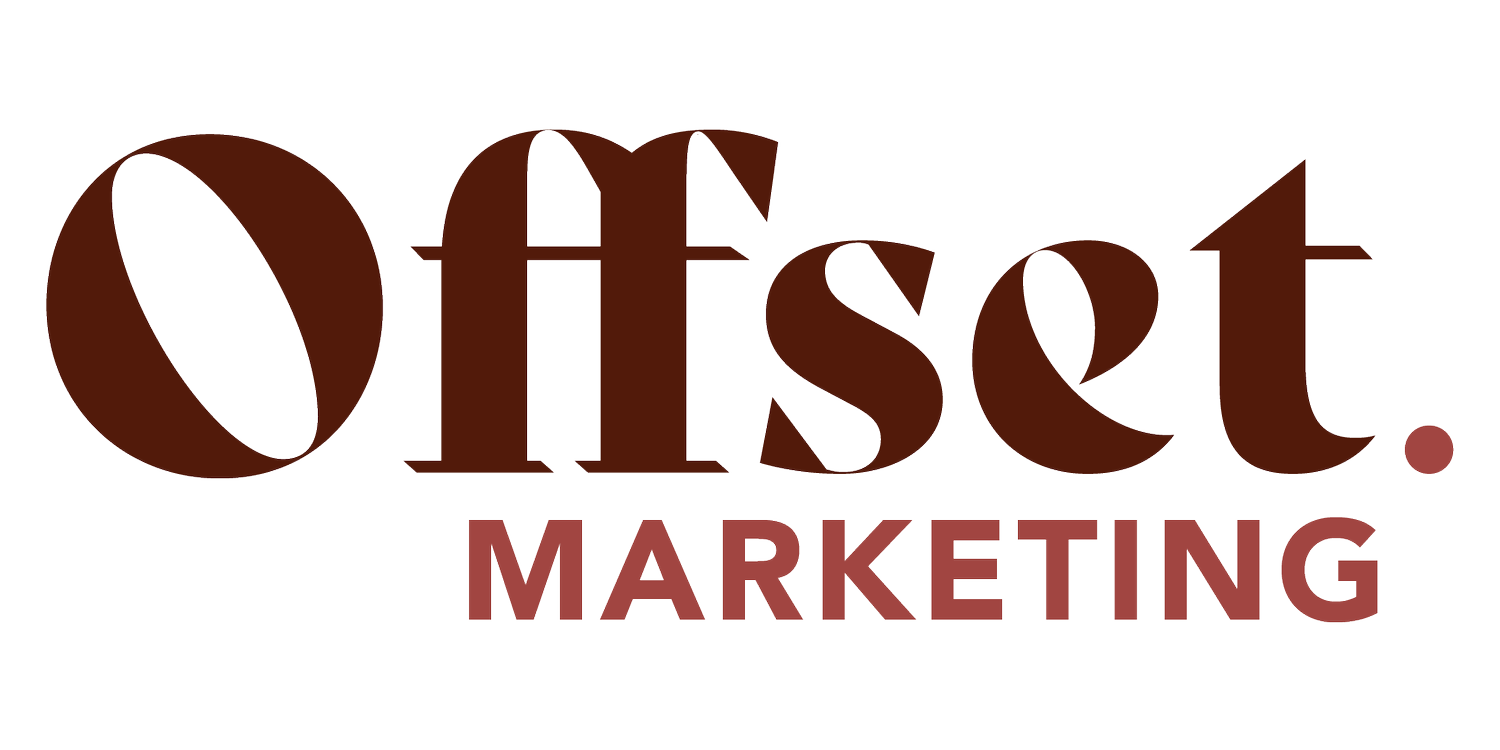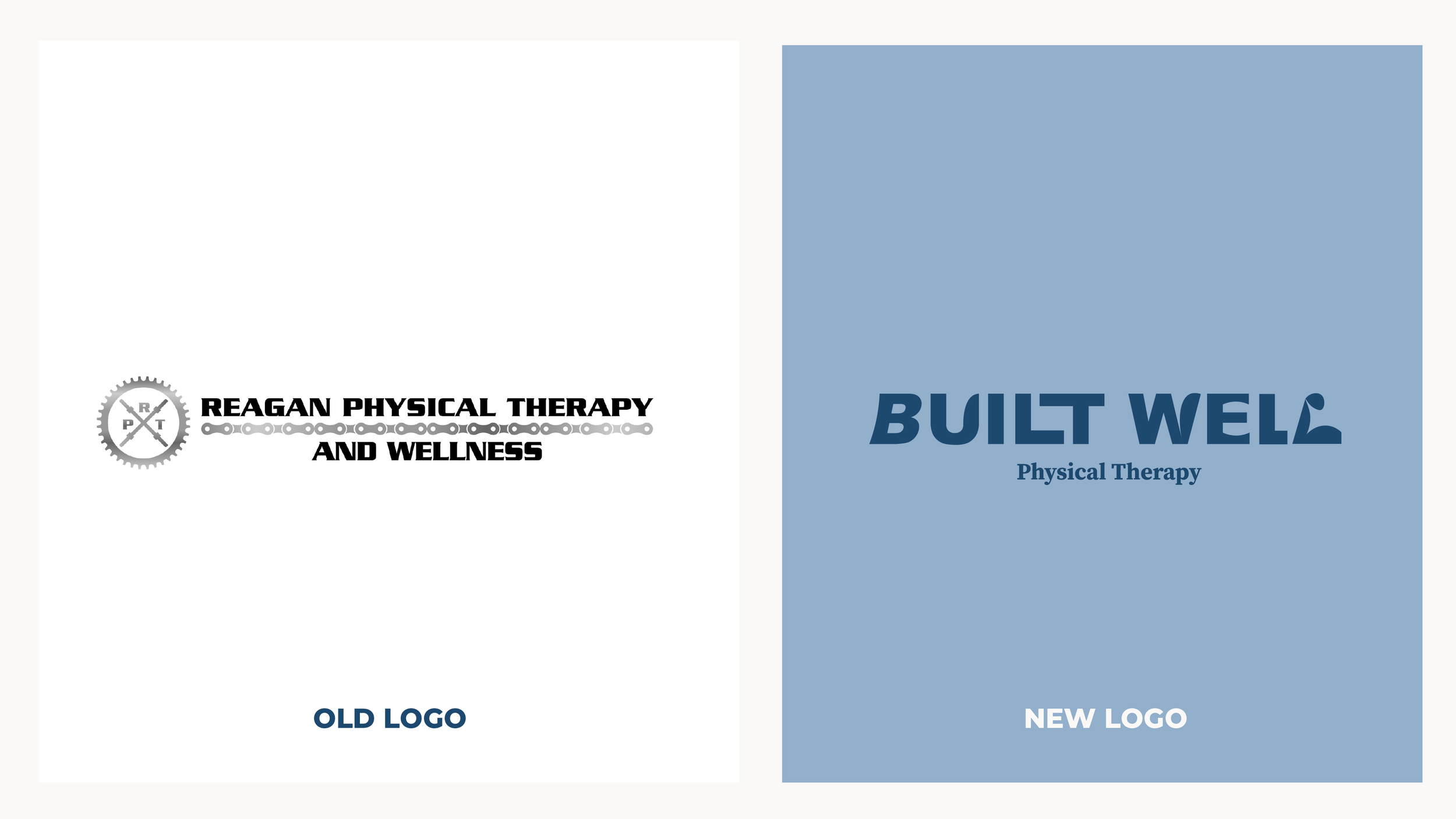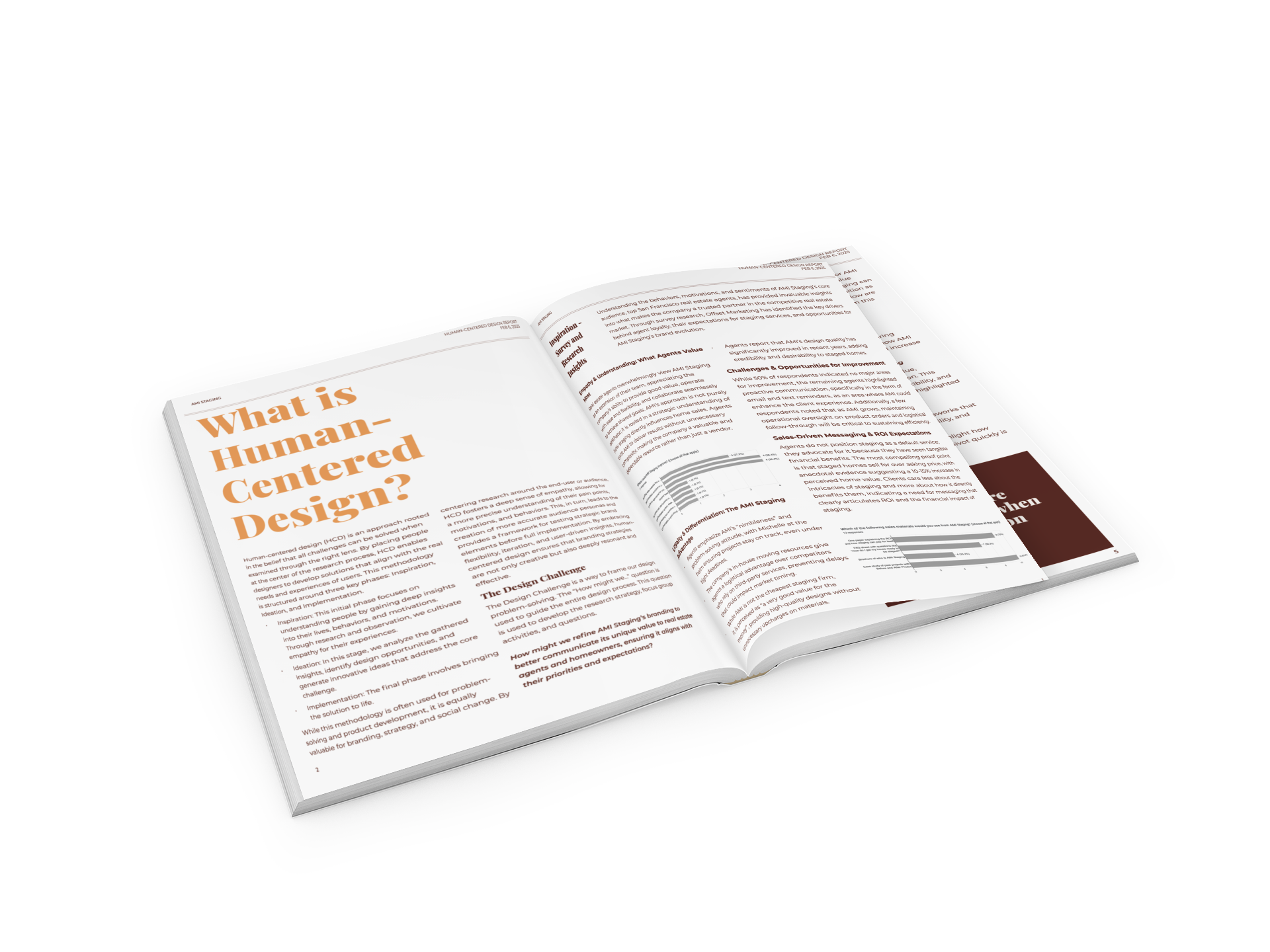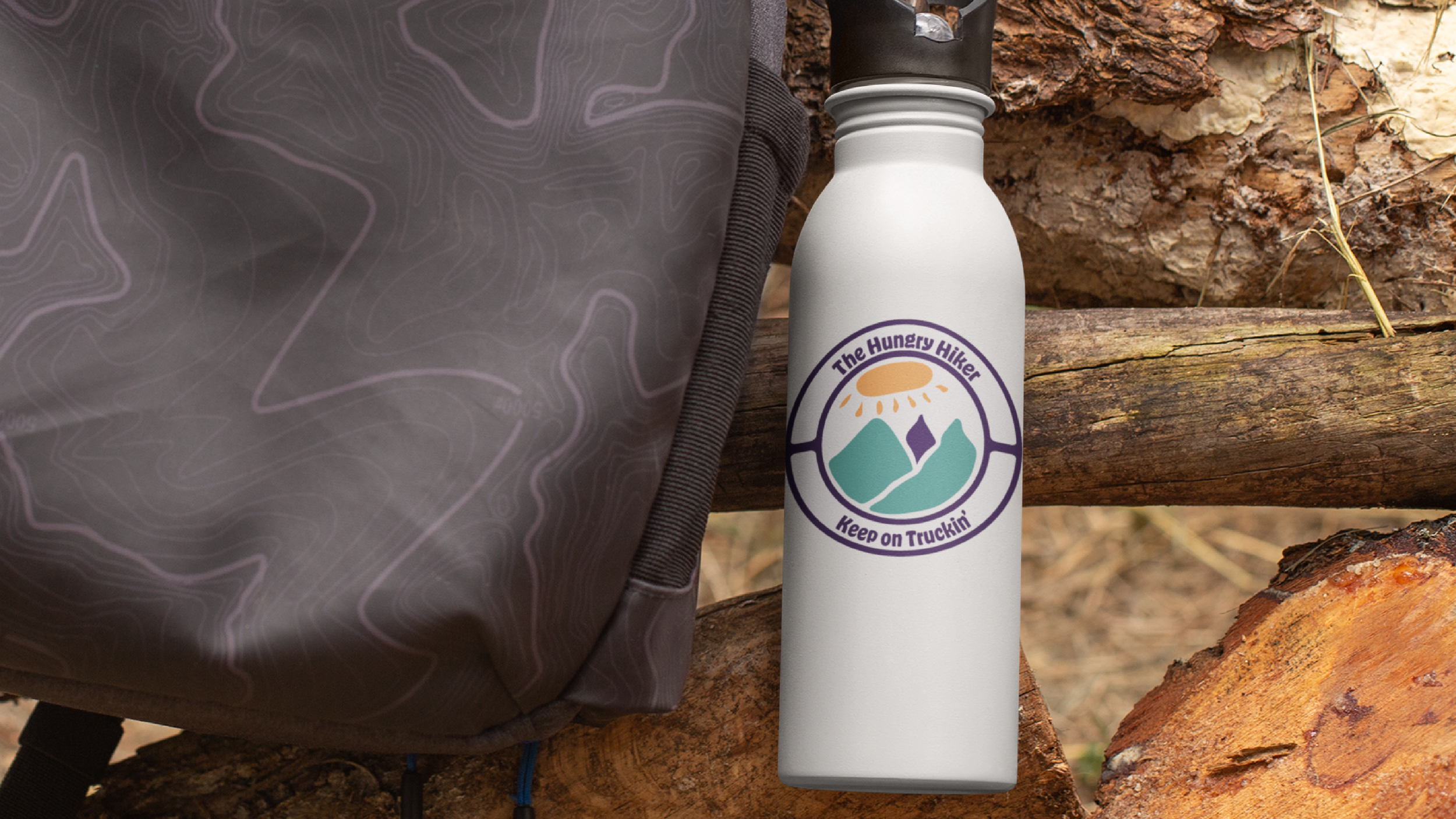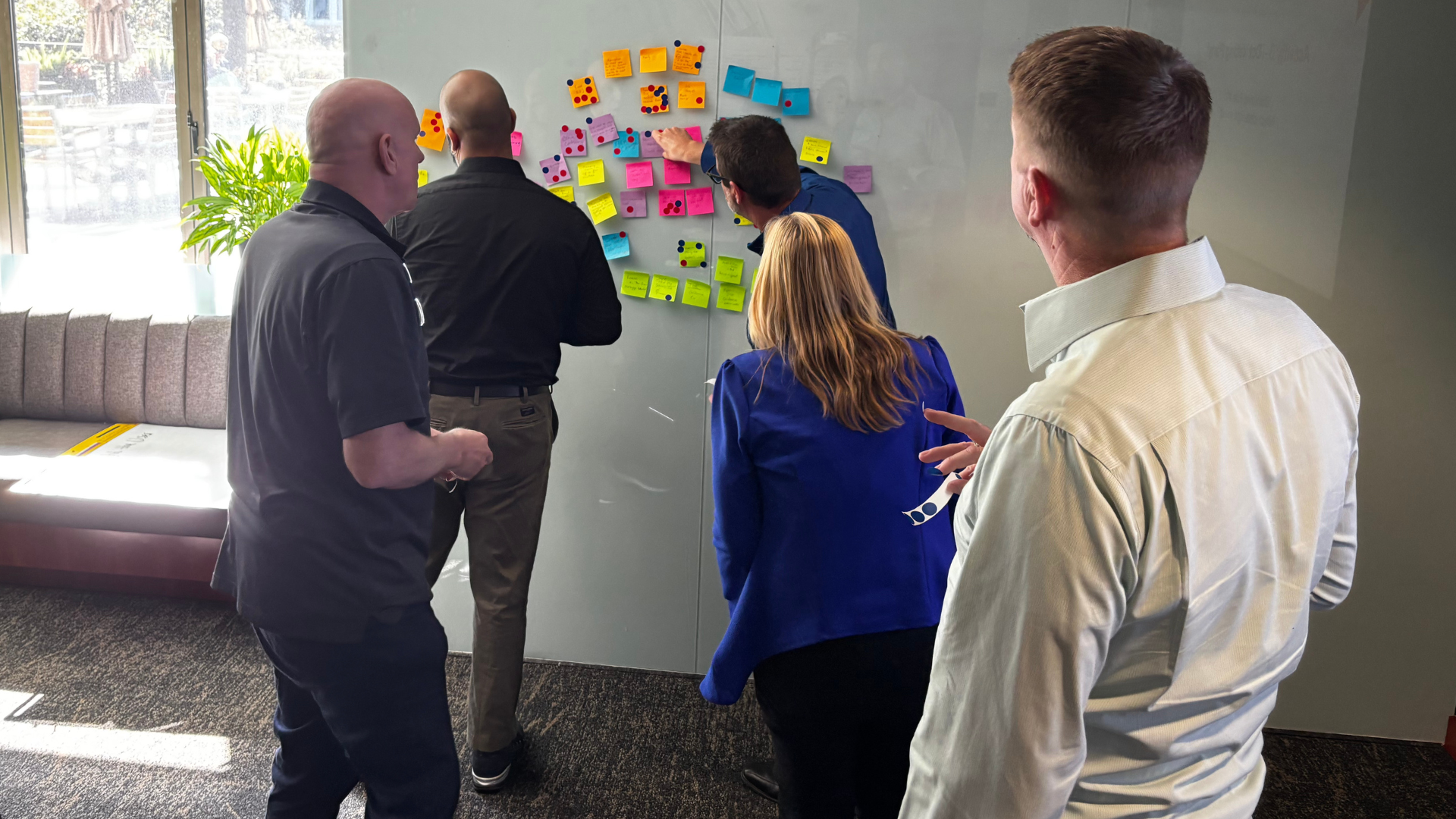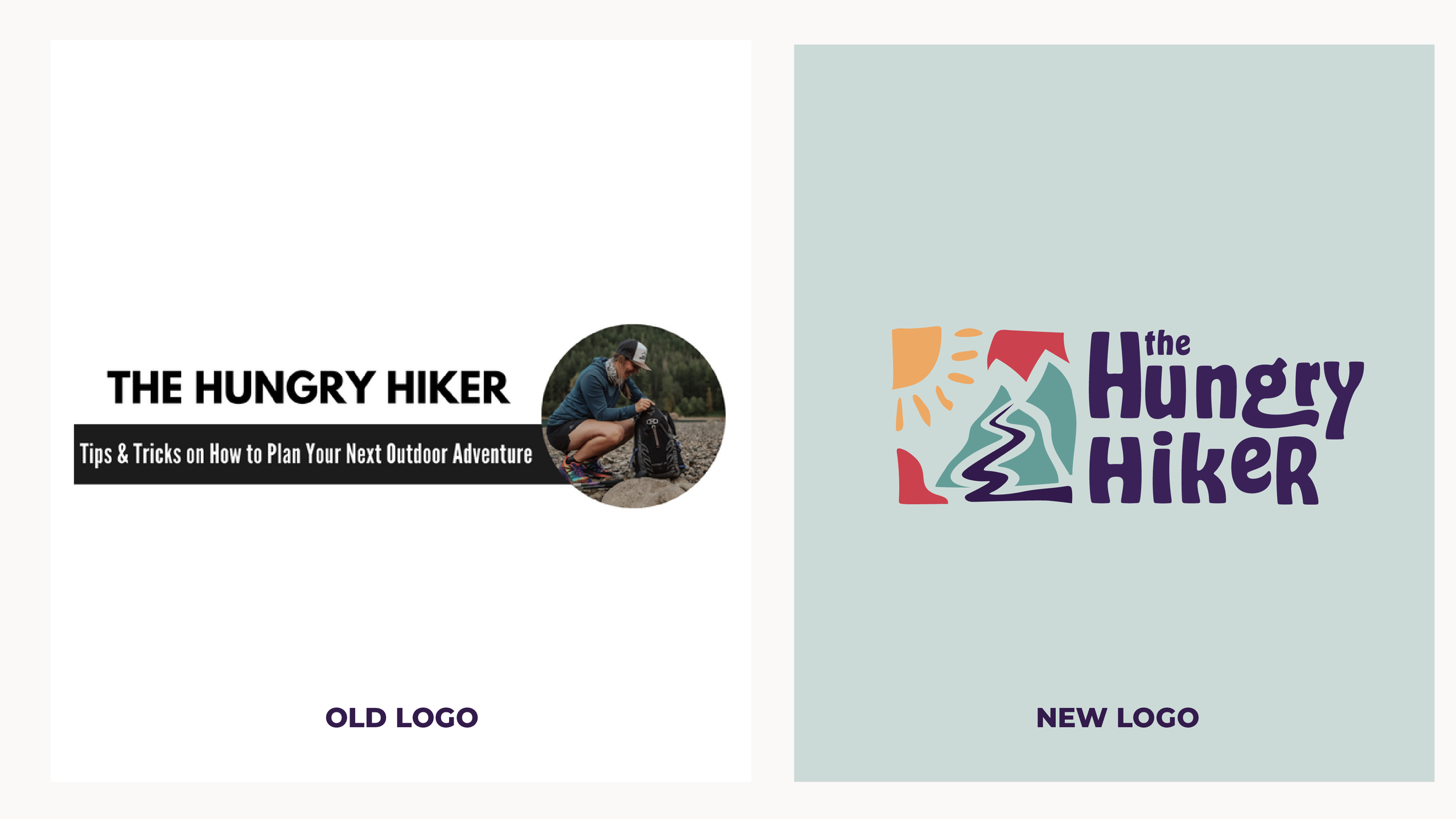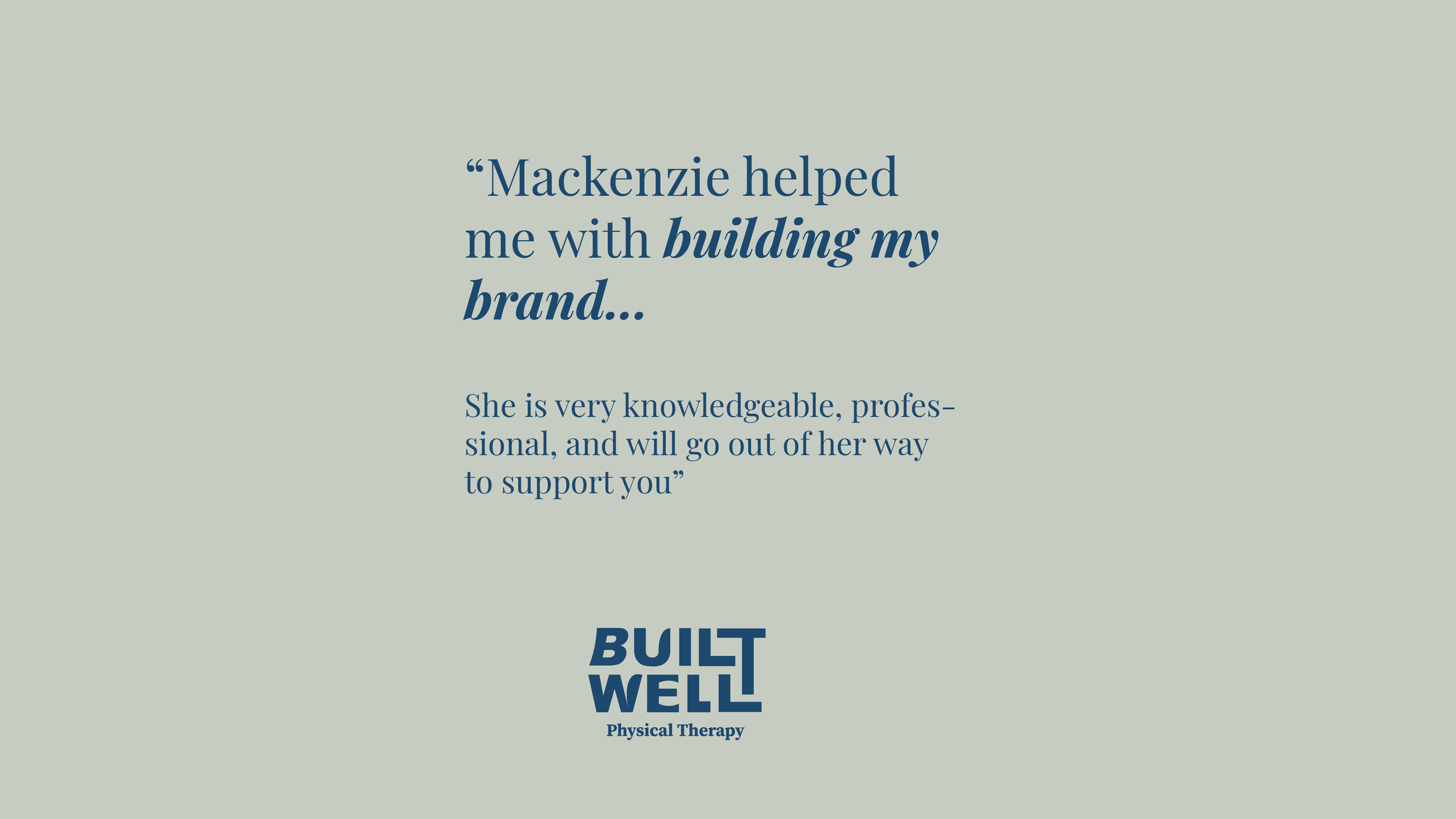The $30K Design Mistake: Why Beautiful Brands Still Fail
Last month, I had to deliver some of the hardest news a business owner can hear: their stunning $30,000 rebrand was actually hurting their business.
A local coffee shop owner had everything going for her. Award-winning coffee, a devoted community of regulars, and after four months of working with a trendy design agency, an absolutely gorgeous new brand identity. Rugged typography, earthy outdoor color palette, imagery that belonged on a hiking gear catalog.
There was just one problem: her daily customer count had dropped 40% since the rebrand launched.
The beautiful new brand looked like an adventure outfitter, not a coffee shop. The rugged, outdoor aesthetic screamed "fuel up for your next summit" while her heart (and business model) was all about creating a warm gathering place for coffee lovers seeking connection and conversation. Yes, many of her customers happened to love the outdoors, but that's not why they came to her shop. They came for exceptional coffee and the feeling of home.
Her regulars felt displaced—like their cozy neighborhood coffee spot had been transformed into a base camp. New customers walked past, confused about whether this was a place to grab a latte or buy a sleeping bag.
This story isn't unique. It's happening right now in conference rooms across the country—business owners staring at gorgeous brand presentations while their revenue tells a different story.
The Pretty Problem: Why you need more than a pretty logo
Here's what most business owners don't realize: a beautiful brand that doesn't connect with your audience is just expensive art.
The design-first approach that dominates the branding industry has created a dangerous myth: that branding is primarily about looking good. Walk into any design agency, scroll through any portfolio, and you'll see the same thing—stunning visuals with little context about business impact.
But here's the reality check: "57% of customers increase spending when they feel connected to a brand, and 76% choose that brand over competitors". Notice what's missing from that statistic? Any mention of how pretty the logo is.
Connection isn't about aesthetics. It's about understanding.
The Three Fatal Flaws of Aesthetics-First Branding
Flaw #1: The Target Audience Becomes "Everyone Who Fits the Aesthetic" When you start with visuals, you're designing for a demographic profile rather than understanding the real reason people choose your business. The coffee shop rebrand targeted "outdoor enthusiasts" when the real draw was "coffee lovers seeking connection and community."
Flaw #2: The Message Gets Lost in Translation Beautiful design can actually obscure your core message. If customers have to guess what you do or who you serve based on your visuals alone, you've failed before you've started.
Flaw #3: The Business Strategy Becomes an Afterthought When aesthetics drive the process, business goals get retrofitted to match the design rather than the other way around. The result? Brands that look amazing in award shows but fail in the marketplace.
The Strategic Difference: What Separates Strategy from Decoration
Real branding isn't decoration applied to your business—it's the strategic foundation that guides every decision you make.
Think of it this way: Strategy is the GPS; design is the car. A beautiful car without a GPS will get you lost faster than an ugly car with clear directions.
Strategic branding starts with three fundamental questions that most businesses skip:
Who are we really serving? (Not "who might like our aesthetic")
What transformation do we provide? (Not "what do we want to look like")
How do we want people to feel when they interact with us? (Not "what's trending in design")
Strategy in Action: The Human-Centered Approach
At Offset Marketing, I've learned that the most successful brands aren't the prettiest—they're the ones that understand their humans best.
Take my work with BuiltWell PT. Before I touched a single design element, I spent weeks understanding their audience: the active aging community dealing with chronic pain who felt intimidated by traditional physical therapy.
The insight? Their ideal clients didn't want to feel like patients—they wanted to feel like athletes getting back in the game.
That strategic insight shaped everything: the confident but approachable tone, the action-oriented messaging, the warm but professional visual identity. The result wasn't just beautiful—it was magnetic to exactly the right people.
Real-World Impact: When Strategy Drives Results
Let me share three transformations that happened when businesses put strategy before aesthetics:
Case Study #1: The Hungry Hiker - From Generic to Iconic
The Challenge: A hiking brand the specializes in teaching women to hike solo relied mostly a YouTube visibility and the YouTube text name as a logo.
The Strategic Insight: Their customers weren't just learning to hike—they were buying confidence for their next adventure to travel solo.
The Approach: Instead of focusing on reviews and program features, we built their brand around the emotional journey from "weekend warrior" to "confident explorer."
The Results:
45% increase in average transaction value
60% improvement in customer retention
The Key: I designed their brand to feel like a trusted guide, not another outdoor influencer.
Case Study #2: Novapricity - Transforming Complex to Clear
The Challenge: A business consulting firm that got lost when promoting, with no clear message.
The Strategic Insight: Their clients didn't care about success at at a high price point—they cared about results with a holistic approach.
The Approach: I stripped away all the business jargon and positioned them as "business problem solvers who happen to look at the whole picture."
The Results:
100% increase in qualified leads
35% shorter sales cycle
Attracted higher-value clients who understood their worth
The Key: I made the complex simple, not the simple complex.
The Framework: Strategy-First vs. Design-First Approaches
Here's how the two approaches actually work in practice:
The Design-First Process (What Most Agencies Do):
Mood boarding → "What aesthetic do you like?"
Logo concepts → "Which design feels right?"
Color exploration → "What colors speak to you?"
Application design → "How should this look on your website?"
Brand guidelines → "Here's how to maintain consistency"
Result: Beautiful brands that may or may not connect with your audience.
The Strategy-First Process (What Actually Works):
Human-centered research → "Who are we really serving, and what do they need?"
Strategic positioning → "What unique value do we provide, and how do we want to be known?"
Message architecture → "What story do we need to tell, and how do we tell it consistently?"
Experience design → "How do we want people to feel at every touchpoint?"
Visual identity → "What aesthetic will best communicate our strategy?"
Result: Brands that look intentional and perform in the marketplace.
The Strategic Branding Process That Actually Works
After working with dozens of businesses, I've refined this into a five-step framework that puts strategy first:
Step 1: Audience Deep Dive Not demographics—psychographics. What keeps your ideal clients awake at 3 AM? What do they secretly worry about? What would make them feel like heroes?
Step 2: Competitive Landscape Analysis Where are the gaps in your market? What are competitors saying? More importantly, what are they NOT saying that your audience needs to hear?
Step 3: Strategic Positioning This isn't about being different for different's sake. It's about finding the intersection of what you do best, what your market needs most, and what competitors aren't delivering.
Step 4: Message Architecture Before we design anything, we need to know exactly what story we're telling. What's your core message? What proof points support it? What objections do we need to address?
Step 5: Visual Translation Only now do we start designing. But here's the difference: every color, font, and image choice is intentional, supporting the strategy we've built.
The Hidden Cost of Getting It Wrong
This $30K mistake is actually conservative. Here's what aesthetics-first branding really costs:
Immediate Costs:
Confused customers who don't understand what you do
Missed opportunities with your ideal clients
Marketing that doesn't convert because the message is unclear
Long-term Costs:
"Effective branding reduces future marketing costs through better relevance and messaging"—but only when done strategically
Rebranding again in 2-3 years when you realize it's not working
Lost market positioning to competitors who get strategy right
Opportunity Costs:
The revenue you could have generated with a brand that actually connects
The referrals you miss when customers can't easily explain what you do
The premium pricing you can't command without clear differentiation
The Strategic Advantage in Action
Here's what happens when you get this right:
Your brand becomes a magnet for exactly the right customers. They find you, understand immediately that you're for them, and are willing to pay premium prices because you clearly solve their specific problem.
Your marketing becomes easier because your message is clear. Every piece of content, every social media post, every sales conversation flows from the same strategic foundation.
Your team becomes more aligned because everyone understands not just what you do, but why you do it and for whom.
Your competitors become irrelevant because you're no longer competing on features or price; you're competing on connection and understanding.
Making the Strategic Choice
If you're reading this and feeling a little uncomfortable about your current brand approach, good. That discomfort is your business instincts telling you something important.
The question isn't whether you need great design—you do. The question is whether that design will be grounded in strategy or floating in aesthetic preferences.
Here's how to know if you're ready for strategic branding:
You're Ready If:
You can clearly articulate who your ideal client is and what keeps them up at night
You're willing to alienate some people to deeply connect with the right people
You understand that branding is an investment in business growth, not just "looking professional"
You're committed to the process, not just the end result
You're Not Ready If:
You just want a logo that "looks nice"
You're trying to appeal to everyone
You're looking for the cheapest option
You want to skip research and "just get to the fun stuff"
Your Next Strategic Move
This story has a happy ending. After realizing the mistake, the coffee shop owner invested in strategic branding that actually reflected her business's heart and her customers' real needs. Six months later, she'd not only recovered her lost customer base but exceeded her pre-rebrand daily averages by 50%—and her customers were staying longer and spending more.
The difference? This time, we started with strategy.
If you're ready to avoid the $30K mistake and build a brand that actually drives business results, it starts with understanding where you are right now.
Take the Strategic Branding Assessment:
Ask yourself these five questions:
Can you describe your ideal client in specific, human terms (not just demographics)?
Do you know exactly how you want people to feel when they interact with your brand?
Can you clearly articulate what makes you different from competitors?
Do your current marketing materials consistently communicate the same core message?
Are you attracting the right clients who value what you offer?
If you answered "no" or "I'm not sure" to any of these questions, you're building your business on shaky brand foundations.
The good news? You don't have to learn this lesson the expensive way.
Ready to build a brand that drives real business results? Let's start with a Strategic Brand Assessment where we'll uncover exactly where your brand stands and what strategic moves will have the biggest impact on your business.
Because your business deserves more than pretty pictures—it deserves a brand that works as hard as you do.
Want to see more examples of strategy-driven branding in action? Check out our case studies at Offset Marketing Portfolio, where we share the strategic thinking behind every beautiful result.
